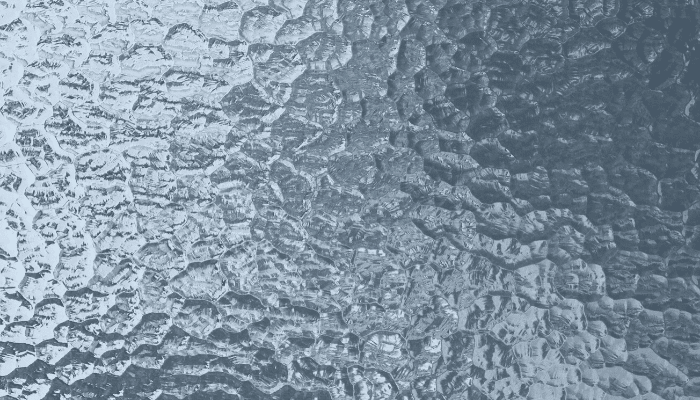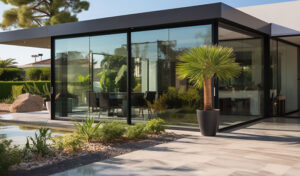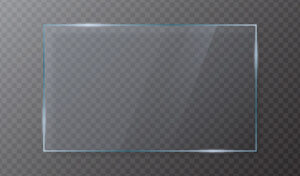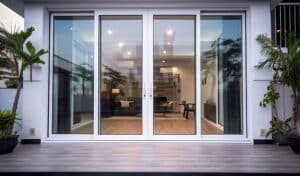One of the most widely used materials in the architectural industry and iridescent designs is glass. With numerous types of glass available, the options are endless and cater to versatile customers.
Stay tuned to learn about the top seven glass designs.
Seven Types of Glass Design
- Texture or Patterned Glass. Patterned glass is a decorative design embossed on its surface that has many colorful patterns or just plain texture. It’s used for light transmission and privacy. The texture on the glass surface doesn’t allow a clear view of the object when seen through the glass. It’s best in shower cubes, windows, conference rooms, foyers, and restaurants.
- Spandrel Glass This type of glass design is used to hide the unappealing aesthetics of structural elements that include:
- Walls
- Shear walls
- Columns
- Beams
- Areas between floors
- Hung ceiling areas
- Knee-wall areas below vision lights
- Partitions
Spandrel glass provides a neat look to the area that can even be molded and shaped to cover the curvature joining two spandrel columns. It’s quite durable, about five times stronger than traditional glass.
- Tinted Glass. Adding metal oxides to float glass is how tinted glass is manufactured. Some of the typical colors include gray, bronze, dark gray or blue, blue-green; however, other colors can be manufactured to match the decor of homes and commercial/office buildings. Due to its tints, this type of glass design prevents heat transmission and absorbs solar energy. If you’re looking for a design that transmits light, you might want to reconsider using tinted glass.
- Reflective Glass. As a clear glass that has a metallic coating that reflects heat, reflective glass is used as an environmentally-friendly solution to energy consumption in buildings. Although usually metallic, reflective glass can take on a tinted appearance. Another benefit of using this glass is that it reduces the glare to allow for comfortable working conditions in either the home or office. The main application of reflective glass is in the facade, as well as in the interiors.
- Satin Glass. Satin glass has a satin finish that has been chemically treated for the desired finish on the surface. Ideal for decorative purposes, the glass can be used in hotels, retail spaces, or as a partition wall that offers privacy. It’s a low-maintenance design and prevents dust from sticking to the surface. And, unlike other glasses, you won’t worry about fingerprints.
- Security Glass. Laminated or toughened, security glass is excellent for holding together in the event of a disaster. A coffee table or countertop, for example, is an ideal place for security glass. It can also withstand a bullet, therefore, is often used in staircase design. Toughened glass is a good choice for tabletops to prevent cuts and other injuries from broken glass.
- Clear Glass. One of the most common types of glass design is usually seen in the interior space of a home or other buildings. Clear glass enables more than 80 percent of light to filter through and can be used anywhere in your home or for other decorative purposes. With this type of glass design, you can fashion a chandelier or a simple doorknob.
Looking for High-Quality Glass? Contact Murray Glass
If your needs include glass design in your home or business, visit our gallery to see what Murray Glass has done for our customers. Or, to speak with a glass expert or schedule a consultation, give us a call. We serve Salt Lake, Utah, Summit, Weber, and Tooele Counties with only the best products and services.





